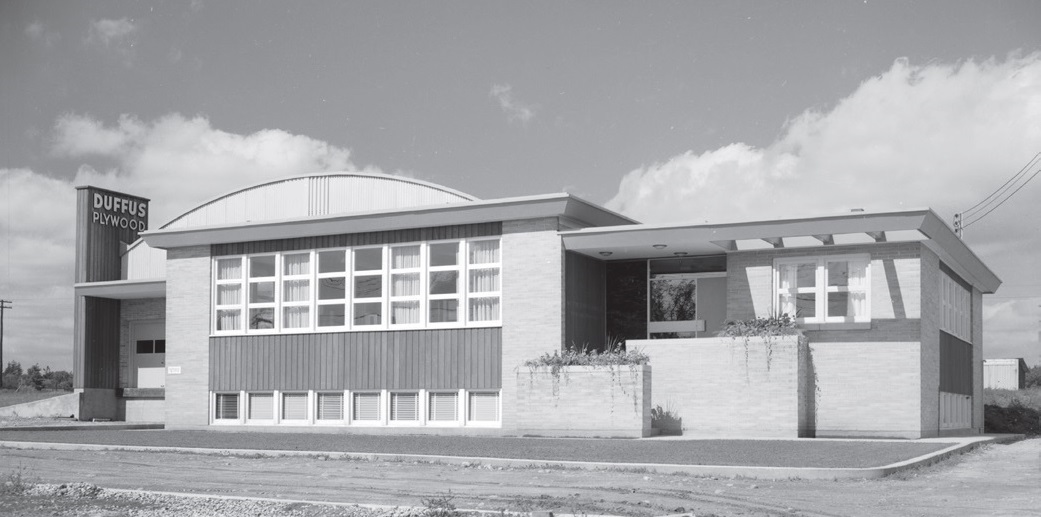Defining Vernacular

Editor Miriam Ho chats with Michelle Lee
Architects are often drawn to vernacular architecture, which we define as "architecture without architects". Using methods informed by local need and material craft, there seems to be a certain vibrancy and cultural relevance to vernacular architecture, which is often missing in developments created through top-down planning. Rather than blindly celebrate vernacular design as best practice, however, we’d like to interrogate the terminology associated with it, with the aim of fostering a discussion concerning its contemporary practice and value especially in relation to growing urban centres in Canada. With this in mind, The Site Magazine editor Miriam Ho chatted briefly with Michelle Lee, Heritage Planner at the City of Waterloo, whose work often involves defining the pragmatic and legal scope of such abstract terms as "tradition" and “heritage” —and how these definitions affect planning and policy in Ontario.
Miriam Ho (MH): Could you begin by telling us your interest in vernacular design, and what it means to you?
Michelle Lee (ML): The topic of vernacular architecture and landscapes and their value is of great interest to me. Heritage planners are continually making the argument that historic structures, and particularly vernacular ones, contribute to a sense of place, livability and cultural vibrancy. The value of structures and landscapes that reflect local people, histories and traditions forms the basis for much of the argument for heritage conservation in urban areas where development is increasingly uniform in function, design and materials.
MH: What kinds of processes are in place to define, preserve, and update vernacular architecture?
ML: The challenge with the conservation of much of our vernacular architecture is not in the policy framework, but rather the knowledge and priorities of municipalities responsible for its conservation. In Ontario, much of the vernacular architecture consists of modest adaptations and local interpretations of more universal architectural styles. Municipal Councils must believe that vernacular architecture meets the criteria in Regulation 9/06 of the Ontario Heritage Act in order to designate it. This requires them to look beyond the aesthetics of a structure to understand the nuances about the materials and designs that reflect the local builders and needs of the local community. Vernacular architecture is not specifically represented in the Regulation 9/06, but its criteria are sufficiently general that a vernacular building could meet the test for designation. For example, if a building has design value because "it is a rare, unique, representative or early example of a style, type, expression, material or construction method" or holds historical value due to its “direct associations with a theme, event, belief, person, activity, organization or institution that is significant to a community", it could meet the criteria for designation. The Ontario Heritage Act doesn't discriminate against age, so contemporary vernacular architecture could also be designated, and the same arguments could be made as to its value.
MH: Urbanization and globalization seem to be forces that are in conflict with the vernacular, the local and handmade. How do we reconcile urban development and vernacular architecture? Are there local codes that address this?
ML: Municipalities have the ability to establish design guidelines and design review panels, comprised of architects, engineers etc., but both of these tools are only as good as the ideas and support behind them. For example, design guidelines could be used to encourage the use of local building materials, but they also can be used to reinforce universal principals of urban design and particular design preferences, which support more generic architecture. To my knowledge, most municipalities don't use design review panels. LEED certification could also be used to encourage more sustainable building approaches that relate to local climates and needs.
MH: How do we, as professionals, maintain these qualities of vernacular architecture in our communities?
ML: Without broader interest and support for vernacular buildings, architects and planners will have limited impact on maintaining or encouraging vernacular architecture. I think that the answer lies in the cultivation of community appreciation and demand for vernacular architecture. I believe that architects and planners play a big role in the cultivation of this appreciation and that it can't be done from an office desk.





